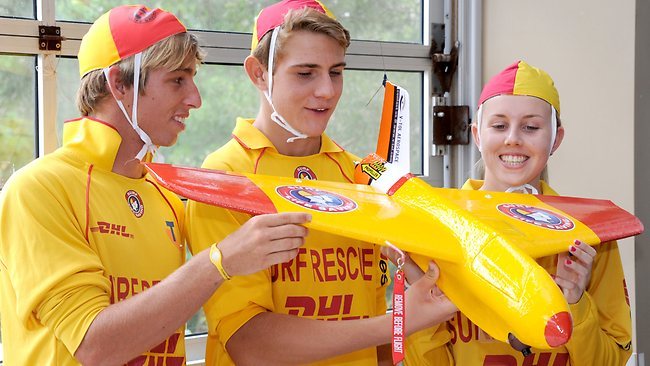The unmanned aerial sector has been steadily growing in the background for over 15 years. Initially seen in the military, UAS are now increasingly used in a civil capacity to carry out various operations, often more cost effectively and with less safety risk to humans than conventionally piloted aircraft (CPA).
It is expected that over the next 15 years, the commercial use of unmanned systems will increase over one hundred fold (in the United States, by 2030, it is predicted that over 100,000 UAS will be operating commercially). This global growth trend is expected to be replicated in Australia.
The current Australian UAS regulatory framework was designed in the early 2000s and relied heavily on model aircraft policies. The framework is now out of date and in many cases is comparatively restrictive in relation to corresponding international standards. The original framework relies heavily on CASA overseeing all approvals of UAS use on a case-by-case basis, which is becoming time and cost prohibitive. The rapid rate of increase in the number and complexity of unmanned systems further necessitates a new regulatory framework.
This DP sets out CASA’s proposed high-level airworthiness policies and framework that would form the basis of future UAS operations from an airworthiness perspective. It explains the considerations for selection of appropriate standards and describes a number of potential options for future regulatory change.
CASA recognises the valuable contribution that industry consultation makes to the regulatory development process, and issues this DP as the first stage of moving towards a more efficient airworthiness certification process for UAS.
How to respond
Please forward your response to CASA by 10 August 2016 through the online survey.
Additional information
Contact: Tom Putland, Project Leader Email: Tom.Putland@casa.gov.au
Documents
14 June 2016
- DP 1529US – UAS airworthiness framework
